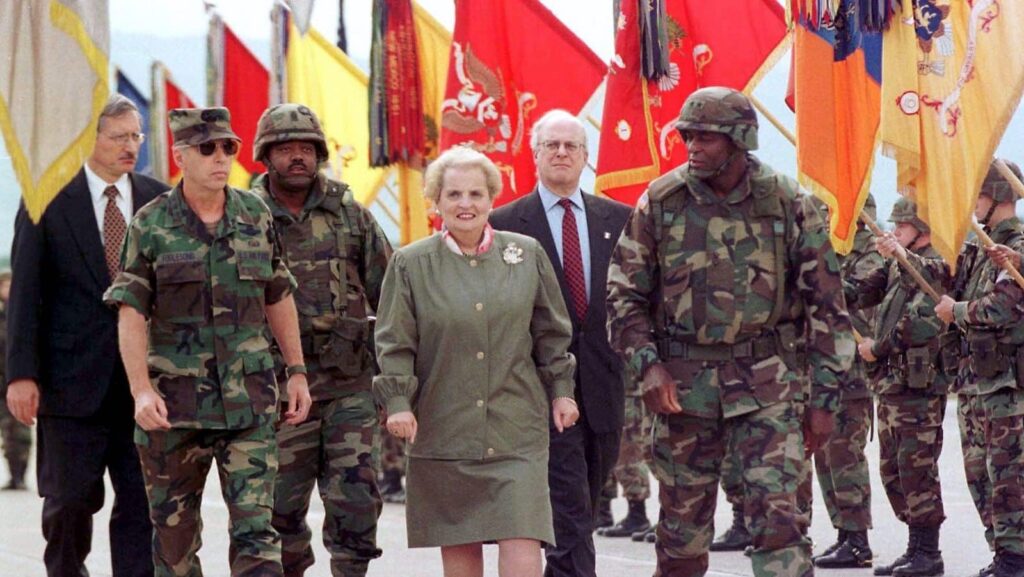Islamisation: cachez donc ce réel que je ne saurais voir

Suite à l’inquiétant sondage de la semaine passée consacré aux musulmans français et leur rapport à l’islamisme, l’affaire prend soudainement un tournant judiciaire. Sur BFMTV, le directeur Opinion de l’Ifop, Frédéric Dabi, a déclaré hier: «L’Ifop a décidé de porter plainte contre deux députés de La France insoumise qui nous ont mis une cible dans le dos», précisant que la procédure viserait les élus Bastien Lachaud et Paul Vannier.







